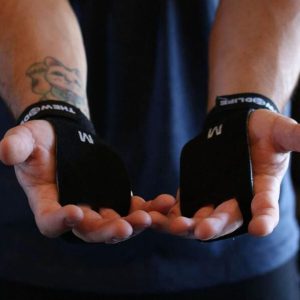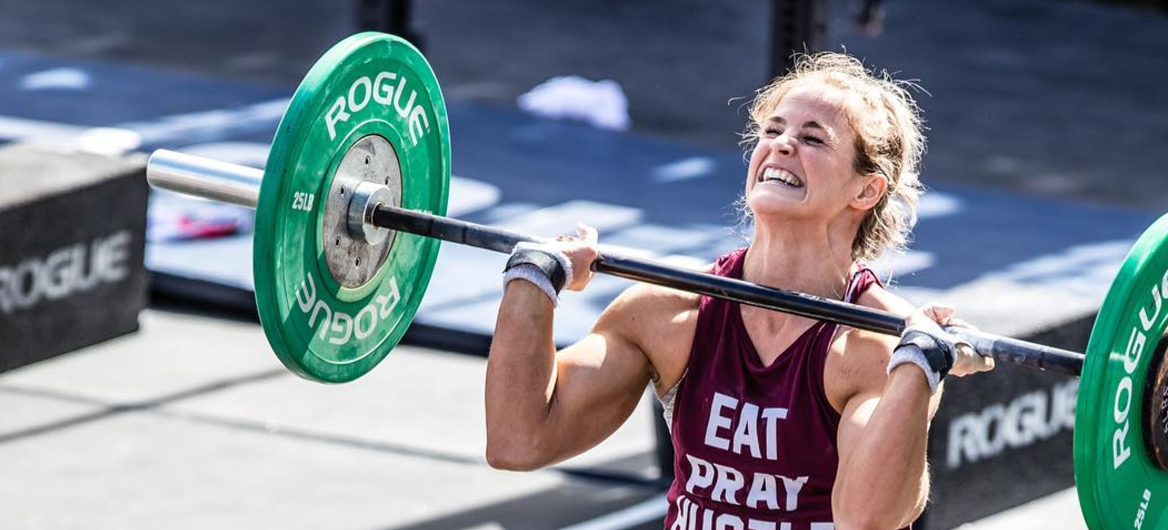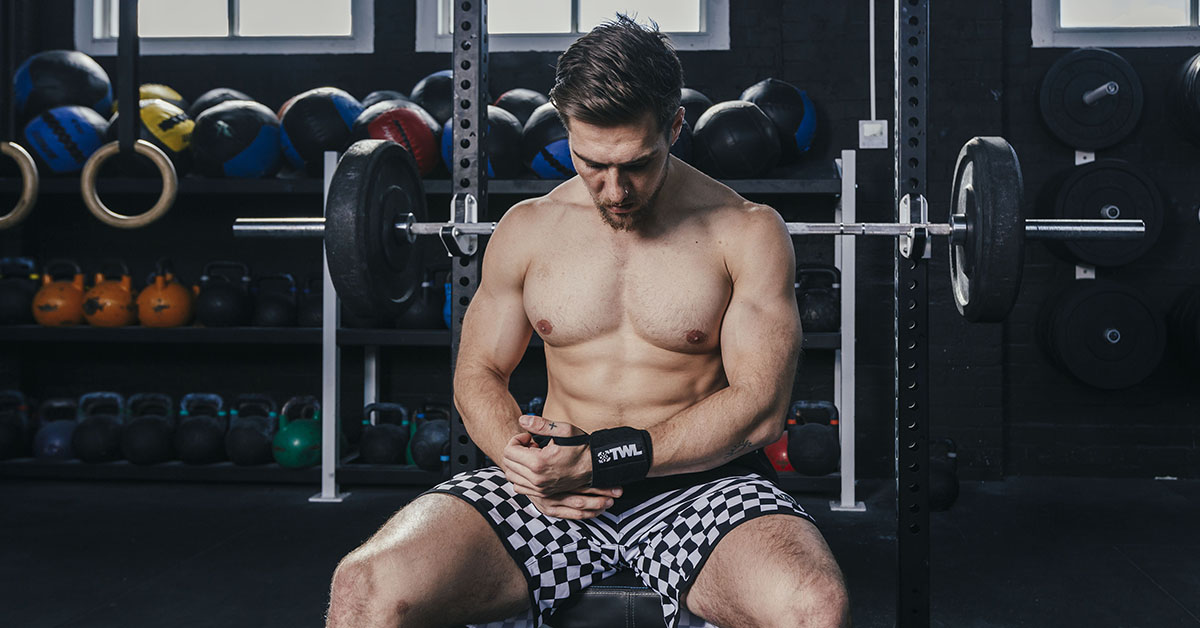If you’re already part of the CrossFit community, you’ve probably noticed the social media posts from people boasting about their hand tears, calluses and bruises. Many consider these their badges of honor. However, nothing about injuring yourself is honorable. Knowing how to maintain your hands is nonnegotiable.
Injuries only keep you out of the game for an unnecessary amount of time. This will in turn impede your progress. While there are exercises you can do without your hands, the exercises that you can only do with non-injured hands are just as important.
Having ripped hands also means having a higher chance of contracting diseases and infections. When people say “no pain, no gain,” this doesn’t include hand injuries. Muscle pain and soreness is normal. Having ripped skin on your hands is not.
Here are some tips on how you can maintain your hands and stay in the gym.
1. Maintain Your Calluses
Callus growth is a normal part of doing CrossFit. When properly maintained, it should be just the right thickness to protect your hands. Calluses create friction so you can hold onto bars and barbells better. Too much friction, however, can cause your skin to catch on the metal and rip.
Calluses have a tendency to grow disproportionately. Some parts of your hand might have thicker callus buildup than others. Don’t be afraid to even it out using a pumice stone (which is one of the easiest tools to use) or whatever you are comfortable with. Do this after taking a shower so that your calluses are soft and easier to manage. There are also specialized hand callus removers and shavers for this purpose.
How do you know how much skin to remove? You need to find a level of thickness that is just right. For example, you might notice that your skin can be painful and raw after getting a foot spa service. The same thing will happen to your hands if you remove too much. Remove too little and you will find yourself with the same problem you had in the first place.
The perfect thickness should be enough for you to have a comfortable grip when you use chalk. It should allow you to move quickly while still having a strong enough grip.
2. Stop Abusing Chalk
People use chalk to create friction. You need to use chalk so that moisture, such as sweat, will not make it hard for you to grip onto things. However, it’s easy to end up using too much chalk. With the extra friction that comes from using too much chalk, it becomes too easy to get injured. Your skin can catch onto the bars, leading to rips and tears.
How much chalk is just enough? It should allow you to rotate quickly while still having a strong, reliable grip. An easy way to get the right amount of chalk on your hands is to put your hands in the bucket, rub them together, then lightly clap your hands a few times.
Going back to the bucket to chalk your hands isn’t necessary unless your hands are really sweaty. There are also alternatives to using the chalk bucket. Some retailers sell a form of liquid chalk, which is exactly what it sounds like. It dries in seconds and works quite well.
3. Use Hand Protection
Take your hand protection another step further by investing in good hand grips or gloves. Some purists might call this cheating, but really it’s just being smart. What’s wrong with wanting to make sure your hands are well protected?
You can still work toward having a better grip even if you wear gloves and grips. The trick is to find a grip that doesn’t impede your ability to get a good hold of the bar. There is a variety of options available to those who want to train smarter and stay in the game for longer.

Leather Gymnastics Grips – Black – $24.95
4. Moisturize
Invest in a good lotion or hand cream. Maintaining your hands also means making sure that your skin isn’t too dry. Dry skin is more likely to rip. Properly hydrating the skin on your hands maintains its elasticity.
Between lotions and hand creams, hand creams are better at getting your hands really moisturized. Most lotions can run too watery and won’t keep your hands hydrated for long. There are specialized hand creams and lotions for athletes designed for different needs.
Moisturizing also means keeping yourself hydrated. Make sure you’re drinking enough water. Proper hydration means drinking roughly half your body weight (measured in pounds) in ounces. You need to make sure that your skin won’t get too dry by attending to yourself inside and out.
5. Help Heal Your Injury
Hand tears and rips are injuries. They happen, but they are avoidable. You should always give your injuries enough time to heal properly. As they heal, you can focus on exercises that do not require your hands.
Start by covering and protecting your wounds while they’re still fresh and bleeding. After a while, it’ll be safe to let the wound heal openly. Keeping a wound bandaged for too long can slow down its healing. During this time, you can apply a natural balm or salve. There are options on the market that contain natural ingredients.
Aside from the hips, the hands are the most important part of the body when it comes to CrossFit. Keeping them injury-free and well maintained is important to make good progress in your fitness journey. They might claim “no pain, no gain,” but say no to unnecessary injuries.














